Search Images
Browse Content (p. 1544)
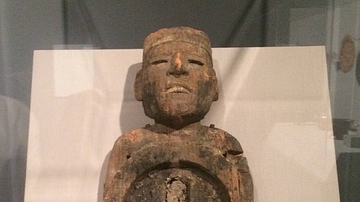
Image
Chalchihuitlicue
A wooden figure possibly depicting the Aztec goddess of water Chalchihuitlicue. Mexico, 1350-1450 CE. (St. Louis Art Museum, Missouri)
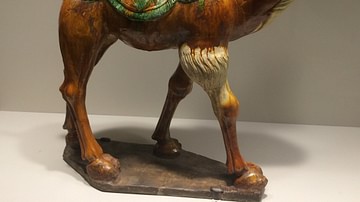
Image
Glazed Tang Dynasty Camel
A lead-glazed ceramic Bactrian camel from the Tang Dynasty. China, 8th century CE. (St. Louis Art Museum, Missouri)
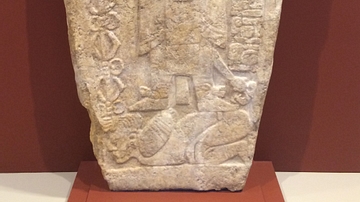
Image
Itzamnaaj K'awiil
A Maya stela (no. 8) from Naranjo documenting the reign of King Itzamnaaj K'awiil. Mid-8th century CE. (St. Louis Art Museum, Missouri)
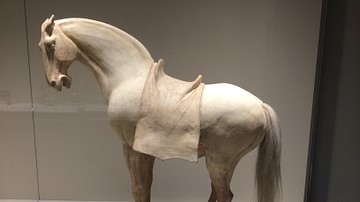
Image
Tang Dynasty Horse
A unglazed ceramic horse from the Tang Dynasty. China, 8th century CE. (St. Louis Art Museum, Missouri)

Image
Nazca Figure Vessel
A ceramic vessel in the form of a standing figure. Nazca, Peru, c. 100-300 CE. The figure has face paint as worn in Nazca harvest rituals. In his right hand he holds a jicama plant and in his left a cassava plant. (St. Louis Art Museum, Missouri...
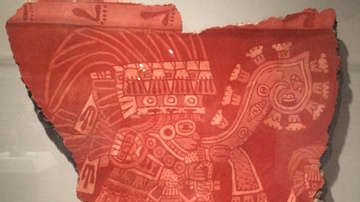
Image
Teotihuacan Nobleman
A fragment of a fresco from Teotihuacan depicting a nobleman. Mexico, c. 500-550 CE. The figure carries an incense bag. (St. Louis Art Museum, Missouri)
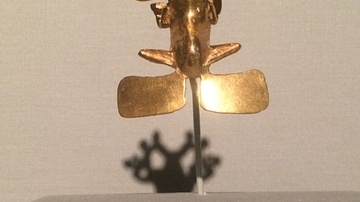
Image
Chiriqui Gold Pendant
A Chiriqui gold pendant in the form of a frog. Costa Rica, 1300-1500 CE. (St. Louis Art Museum, Missouri)
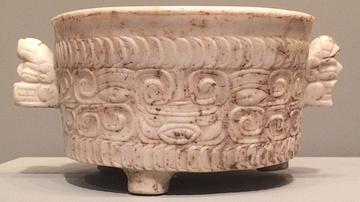
Image
Maya Marble Vessel
A Maya tripod marble vessel. Travesia, Cortés, Honduras, 600-909 CE. (St. Louis Art Museum, Missouri)
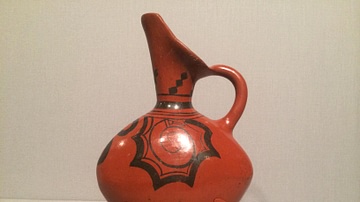
Image
Aztec Spouted Jug
An Aztec spouted jug. Mexico, 1450-1521 CE. (St. Louis Art Museum, Missouri)
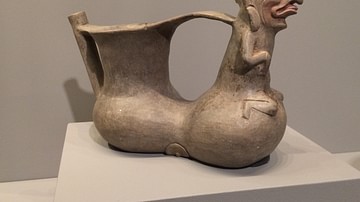
Image
Zapotec Double-chambered Vessel
A double-chambered vessel with figured handle. Zapotec civilization, 300 BCE-300 CE, Mexico. (St. Louis Art Museum, Missouri)